Christmas Island Flag Meaning
Green and blue field with Southern Cross constellation, golden bosun bird, and a circle representing the island.
- Continent
- Oceania
- Adopted
- 1986
- Ratio
- 1:2
- Colors
- green, blue, yellow, white
- Designer
- Tony Couch
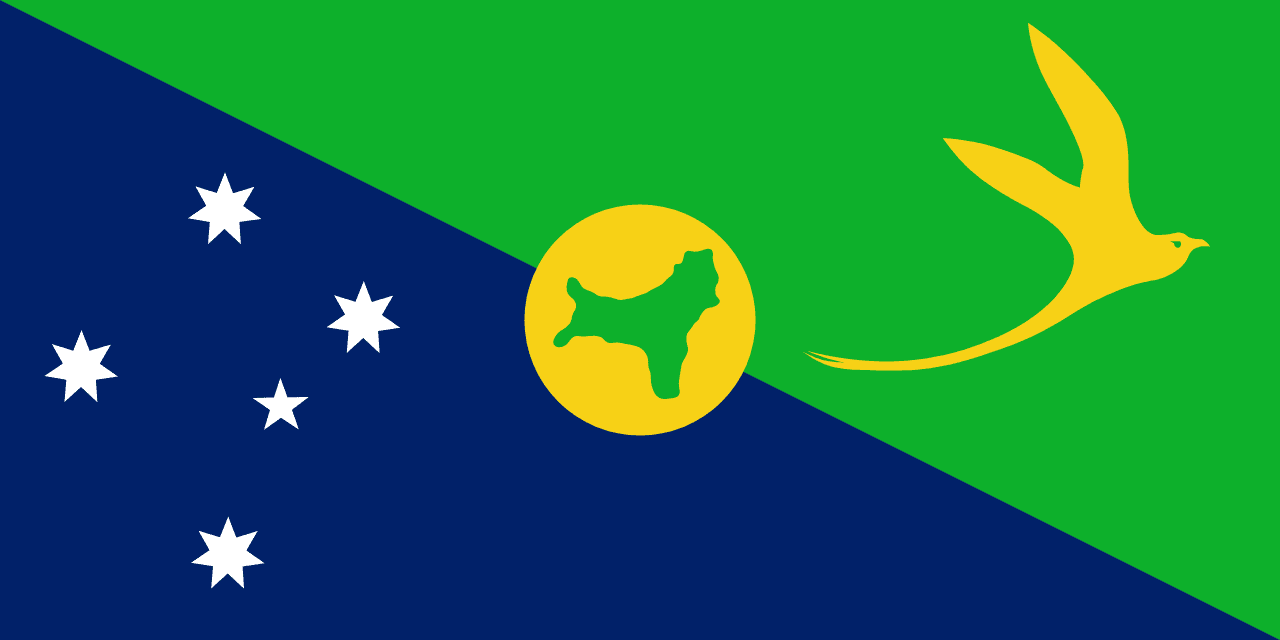
Symbolism
Green Triangle: Represents the island's lush tropical rainforest that covers about 70% of Christmas Island, home to unique endemic species.
Blue Triangle: Symbolizes the surrounding Indian Ocean waters and the island's maritime heritage, including its strategic location between Australia and Indonesia.
Golden Bosun Bird: Features the golden bosun (red-tailed tropicbird), one of Christmas Island's most distinctive seabirds and a symbol of the island's unique wildlife.
Southern Cross: The constellation of five white stars represents Christmas Island's location in the Southern Hemisphere and its connection to Australia.
Yellow Circle: Represents the island itself, its golden beaches, and historically the valuable phosphate deposits that drove the island's economy.
History
- 1643: Captain William Mynors named the island 'Christmas Island' when he spotted it on Christmas Day, though it remained uninhabited by Europeans.
- 1888: Christmas Island was formally annexed by the British Crown and administered from the Straits Settlements (Singapore).
- 1958: Sovereignty transferred from Britain to Australia, becoming an Australian external territory with its own administration.
- 1980s: Local community began developing symbols of island identity, leading to the creation of a distinctive flag design.
- April 14, 1986: The current flag was officially adopted, designed by Tony Couch, symbolizing the island's natural beauty and cultural diversity.
Trivia
- Christmas Island is famous for its annual red crab migration, when over 50 million red crabs move from forest to sea to breed.
- The island has one of the world's most ethnically diverse populations, with Chinese, Malay, and European communities living together.
- Christmas Island National Park covers 63% of the island and protects numerous endemic species found nowhere else on Earth.
- The island operates on Christmas Island Time, which is 7 hours ahead of UTC, the same as Western Indonesia.
- Phosphate mining has been the island's main industry for over a century, creating a unique landscape of mining pits and restored areas.
- The golden bosun bird on the flag is actually the red-tailed tropicbird, known locally as the 'bosun bird' for its loud calls.
- Christmas Island has its own internet domain (.cx) and issues its own postage stamps featuring local wildlife.
- The island hosts an Australian immigration detention center, making it a focal point for Australia's border protection policies.
- Christmas Island is closer to Indonesia (300km) than to mainland Australia (2,600km), giving it a unique cultural blend.
- The island has no indigenous population - all current residents are descendants of workers brought for phosphate mining or recent immigrants.
Related Countries
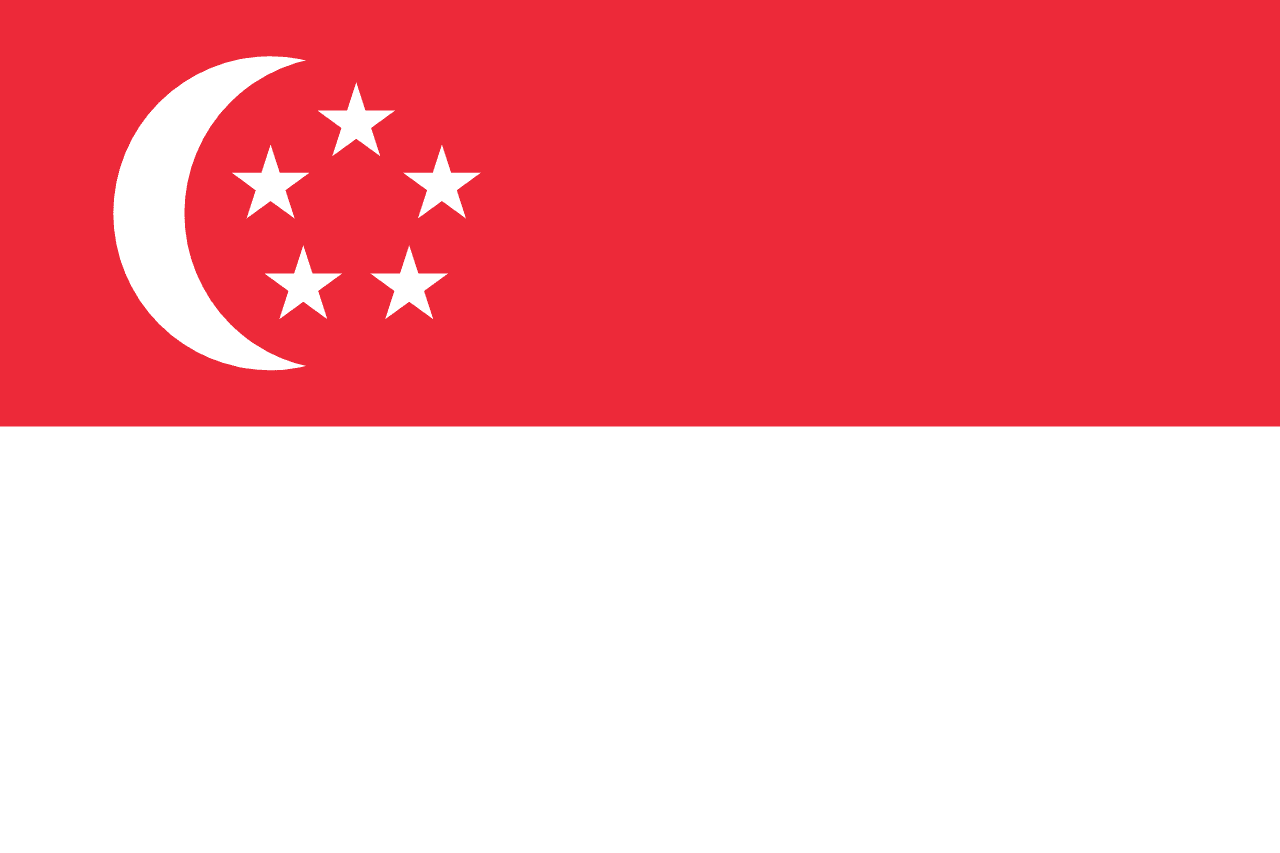
Singapore
Asia
A bicolor flag with a red upper half and white lower half. In the upper hoist is a white crescent moon beside five white five-pointed stars arranged in a circle. The flag symbolizes Singapore’s ideals of unity, progress, and multicultural harmony.

Indonesia
Asia
Two horizontal stripes of red over white, known as 'Sang Saka Merah-Putih' (The Sacred Red and White), representing the courage and purity of the Indonesian people and their struggle for independence from colonial rule.

Malaysia
Asia
Fourteen alternating red and white stripes with a blue canton containing a yellow crescent and 14-pointed star, representing the federation of Malaysian states and territories united under Islam and royal authority.
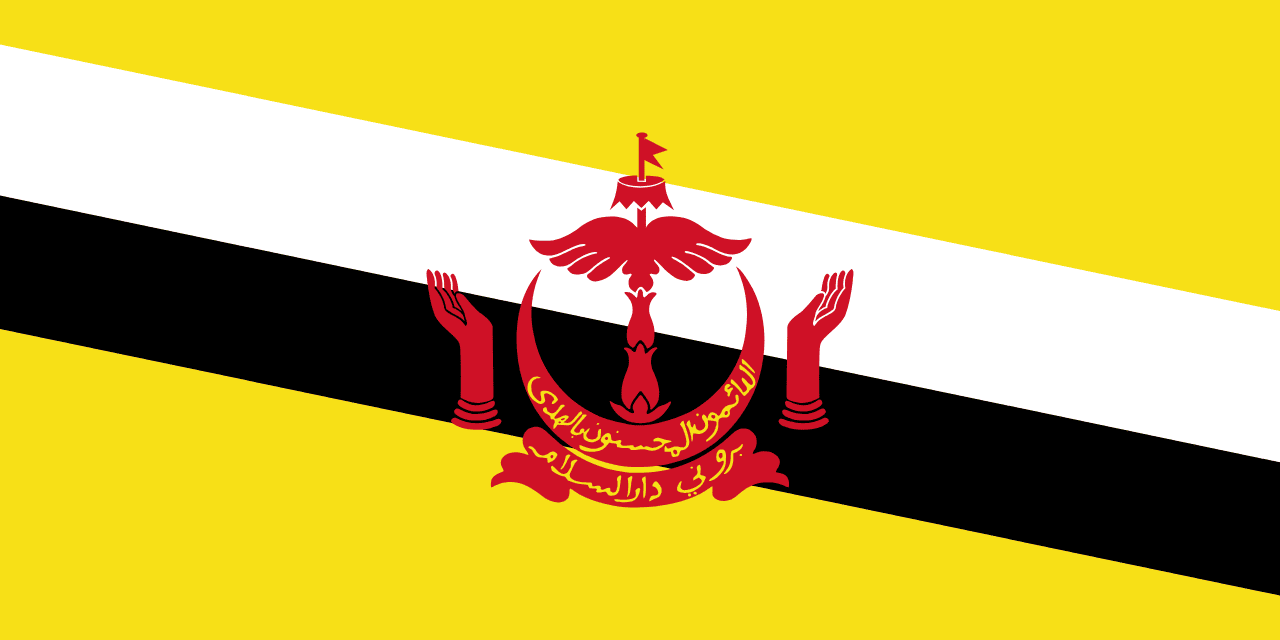
Brunei
Asia
A yellow field with two diagonal stripes of white and black, featuring the national coat of arms in red in the center, representing the Sultan's sovereignty, the state's prosperity, and the nation's commitment to peace and Islamic values.
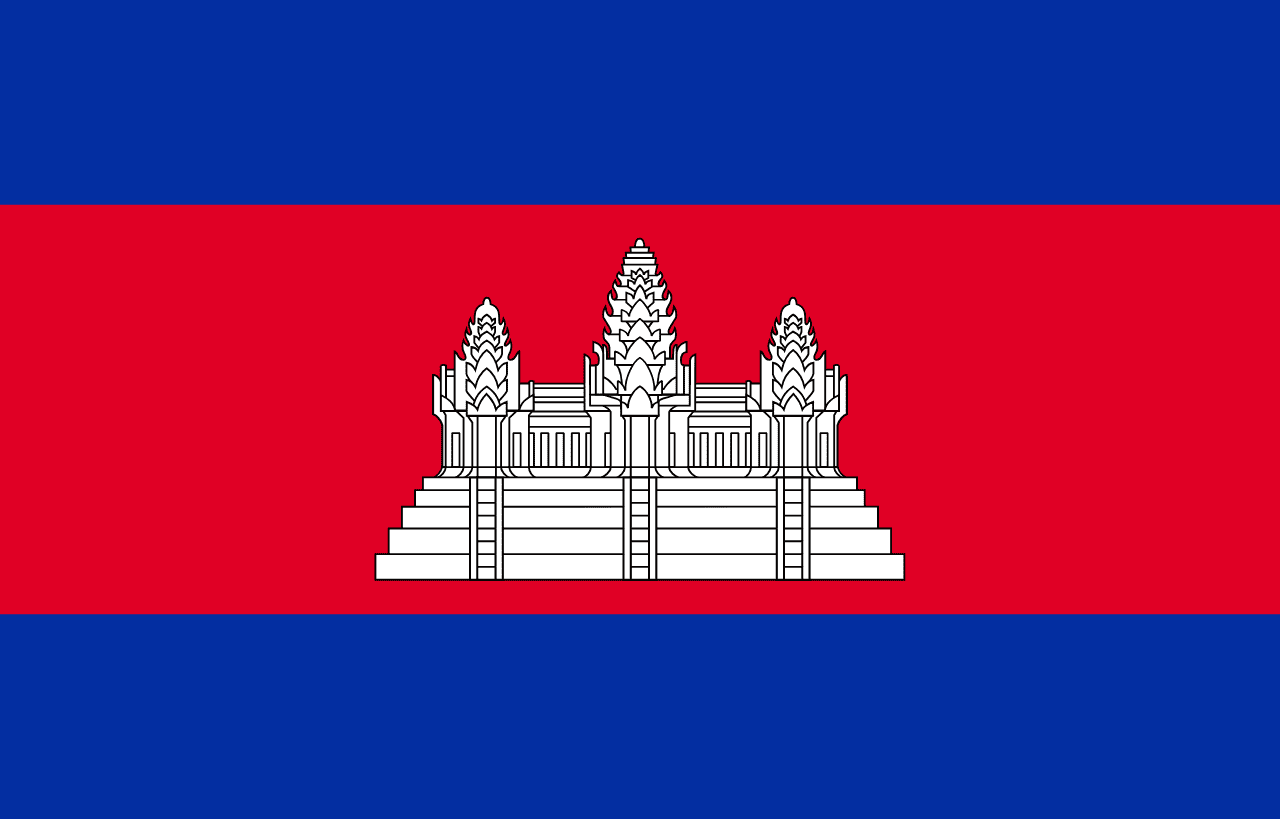
Cambodia
Asia
Three horizontal stripes of blue, red (double width), and blue with a white depiction of Angkor Wat temple in the center, representing the nation, the king, and the sacred temple that symbolizes Cambodia's glorious past and cultural heritage.
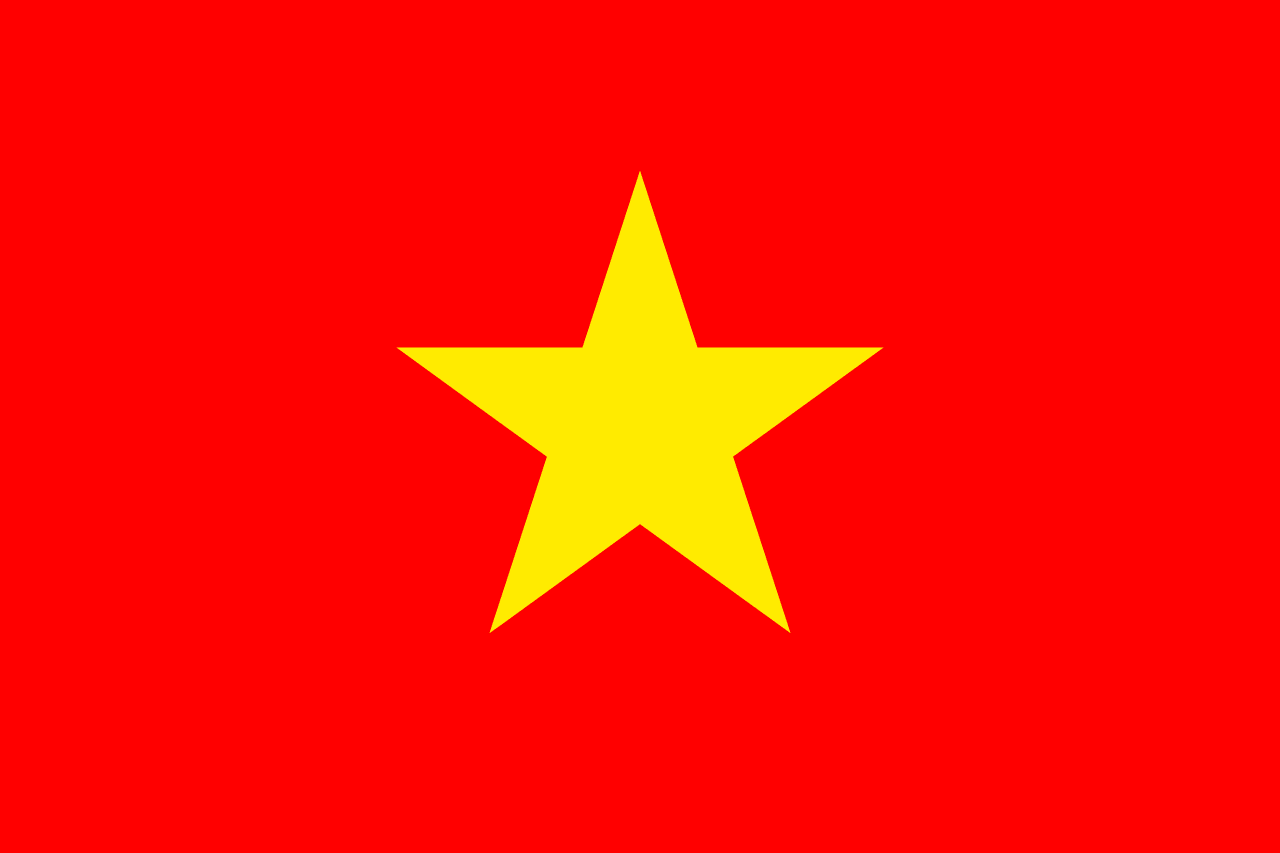
Vietnam
Asia
A red field with a large yellow five-pointed star in the center, representing the blood shed for independence and the unity of workers, peasants, intellectuals, youth, and soldiers under Communist Party leadership in the struggle for national liberation and socialist construction.